Superradiant phase transition seenUntil now, the phenomenon was debated as it defies the “no-go theorem” in light-based quantum systems.
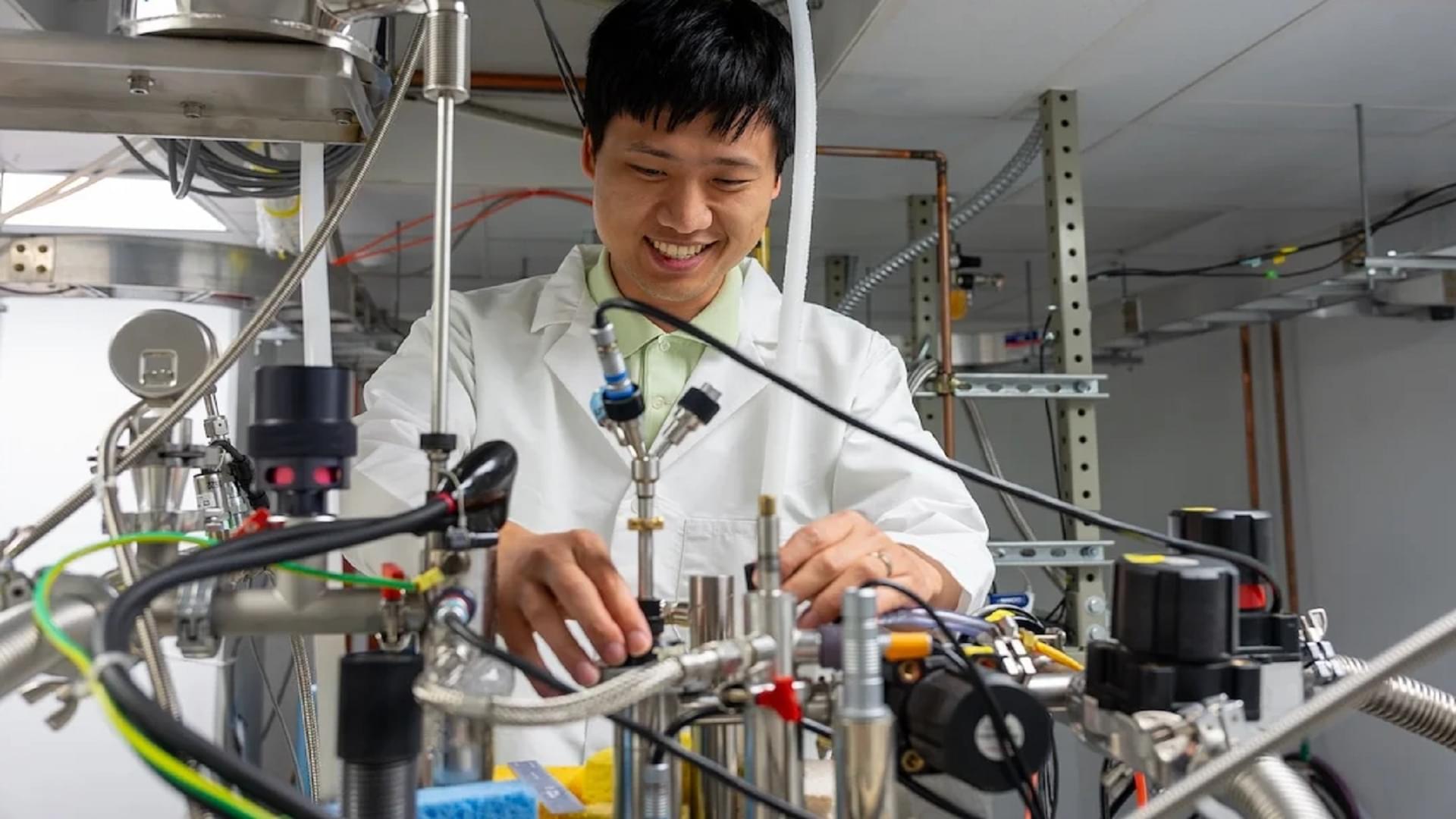



The NKF Workgroup for Implementation of Race-Free eGFR-Based Medication-Related Decisions suggests that health systems, health settings, clinical laboratories, electronic health record systems, compendia and data vendors, and healthcare practitioners involved with medication-related decision-making …

Scientists have detected a rhythmic ‘heartbeat’ occurring in the centre of the Earth.
It’s not big enough to be felt like an earthquake, but it’s noticeable enough for seismologists around the world to pick up a tiny, measurable ‘blip’ on their radars. Referred to as a ‘microseism’ by geologists, the pulse was first observed coming from the ocean and occurs roughly every 26 seconds.
It’s been quietly pulsing for decades, but scientists aren’t entirely sure what’s causing it.
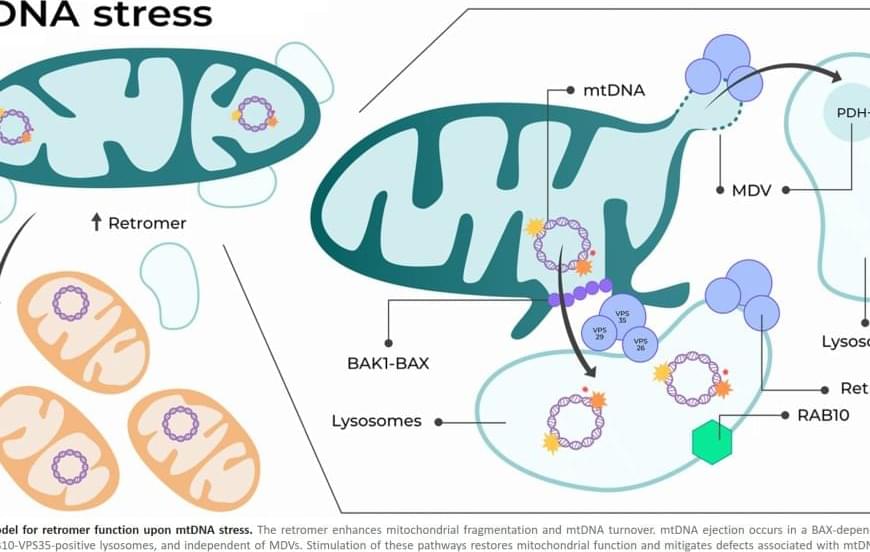
Lead author Joseph Silk, a professor in the Department of Physics and Astronomy at Johns Hopkins University, explained that this discovery could change our understanding of how galaxies formed. We know these monster black holes exist at the center of galaxies near our Milky Way, but the big surprise now is that they were present at the beginning of the universe as well and were almost like building blocks or seeds for early galaxies.
The study, published in the Astrophysical Journal Letters, analyzed distant galaxies from the early universe observed through the Webb telescope. These galaxies appeared much brighter than expected and contained unusually high numbers of young stars and supermassive black holes.
The findings challenge the conventional idea that black holes formed after the collapse of supermassive stars and that galaxies formed after the first stars appeared. Instead, the analysis suggests that black holes and galaxies coexisted and influenced each other’s development during the first 100 million years of the universe.
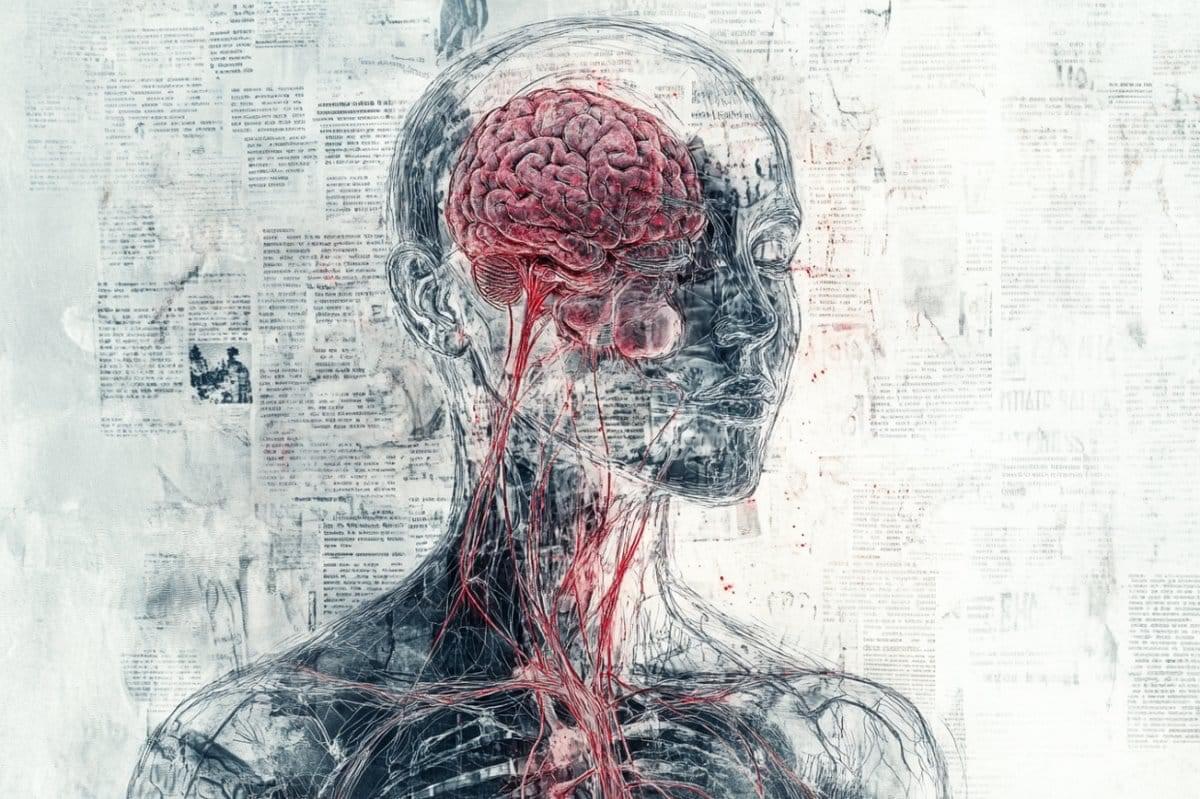
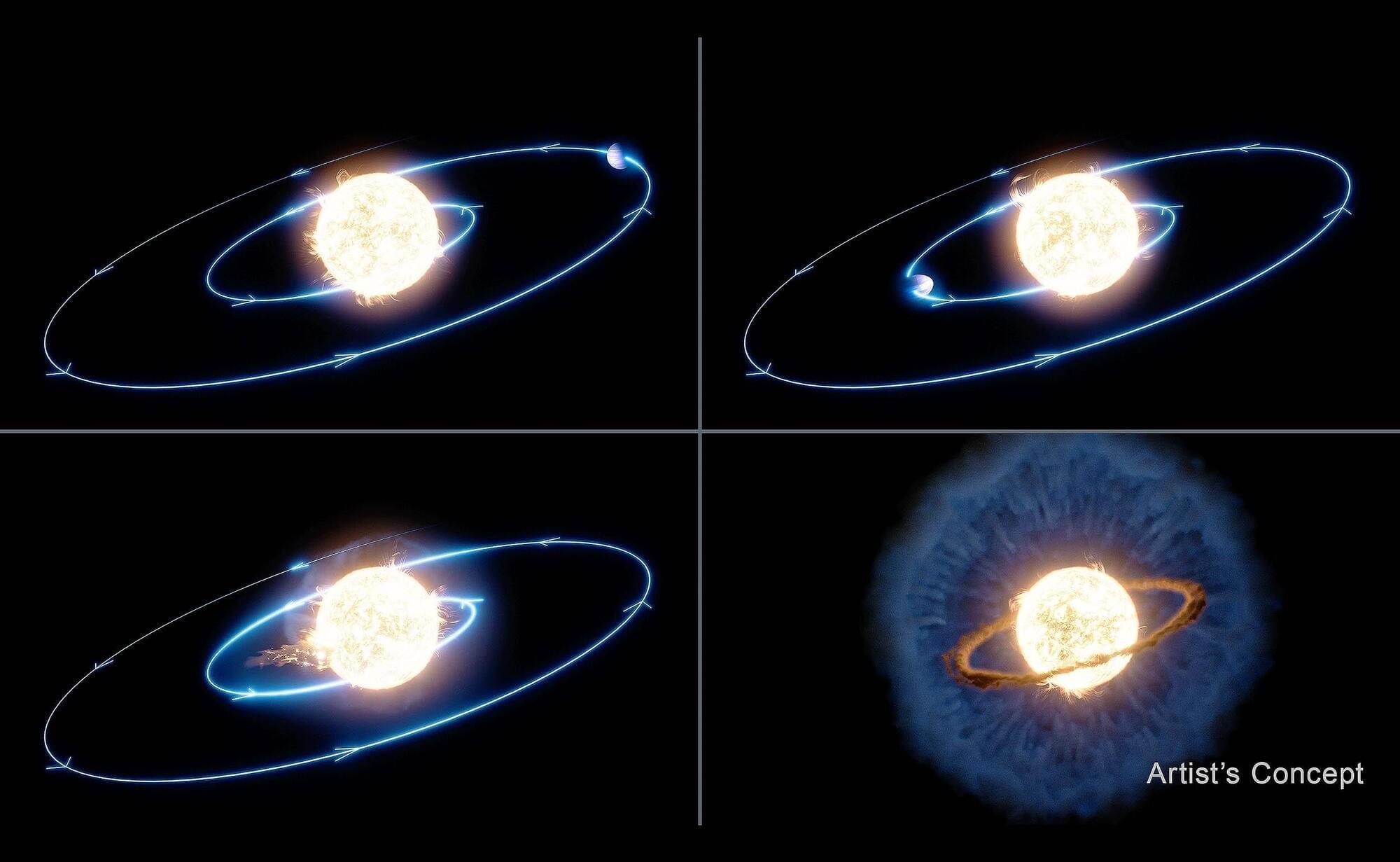
It was once thought that when an aging star engulfed a planet it would be a dramatic swelling and devouring event akin to a predator eating its prey. New observations, however, tell a very different story.
Data from NASA’s James Webb Space Telescope (JWST) reveals that the planet’s orbit didn’t terminate with a sudden engulfment. Instead, the planet spiraled slowly inward over time until it met its fiery end.
The scientists behind this surprising update are from NSF’s NOIRLab, and they worked with data collected by Webb’s powerful mid-and near-infrared instruments.
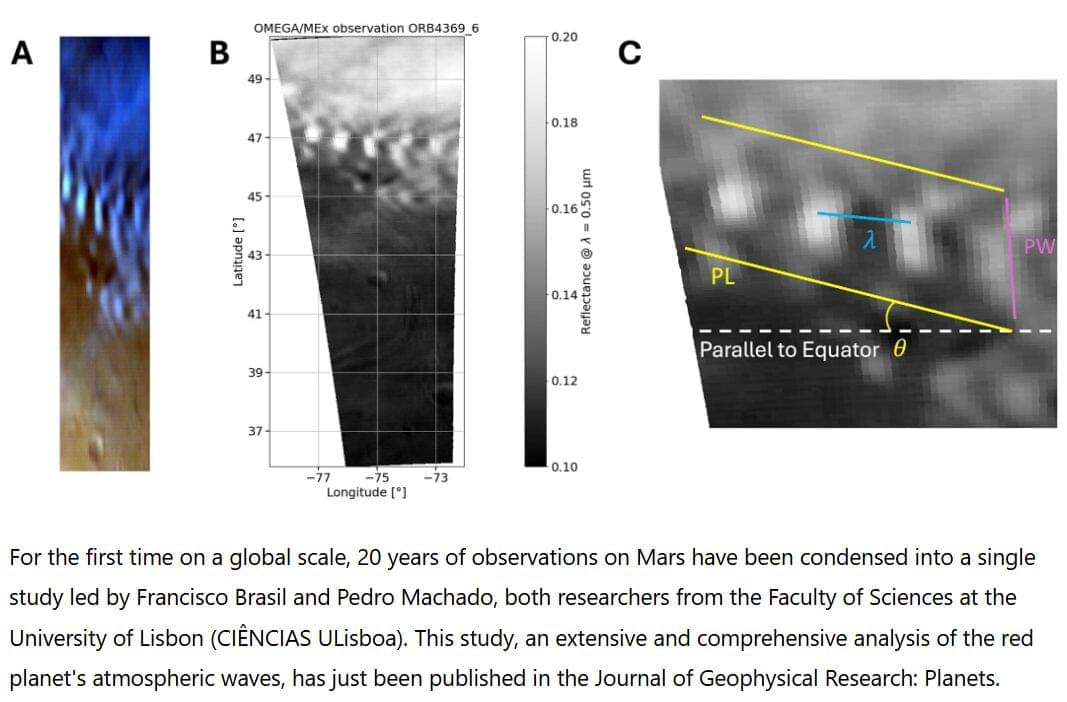
For the first time on a global scale, 20 years of observations on Mars have been condensed into a single study led by Francisco Brasil and Pedro Machado, both researchers from the Faculty of Sciences at the University of Lisbon (CIÊNCIAS ULisboa). This study, an extensive and comprehensive analysis of the red planet’s atmospheric waves, has just been published in the Journal of Geophysical Research: Planets.
Atmospheric waves are “wave-shaped disturbances that travel through the planet’s atmosphere, much like waves moving across the surface of water,” explains the study “Atmospheric Gravity Waves in Mars’ Lower Atmosphere: Nadir Observations From OMEGA/Mars Express Data.”
The researchers focused on this energy, which has a significant impact on the planet’s climate. The data, collected by the Observatoire pour la Minéralogie, l’Eau, les Glaces et l’Activité (OMEGA) from the European Mars Express space mission, served as the foundation for this ambitious analysis.
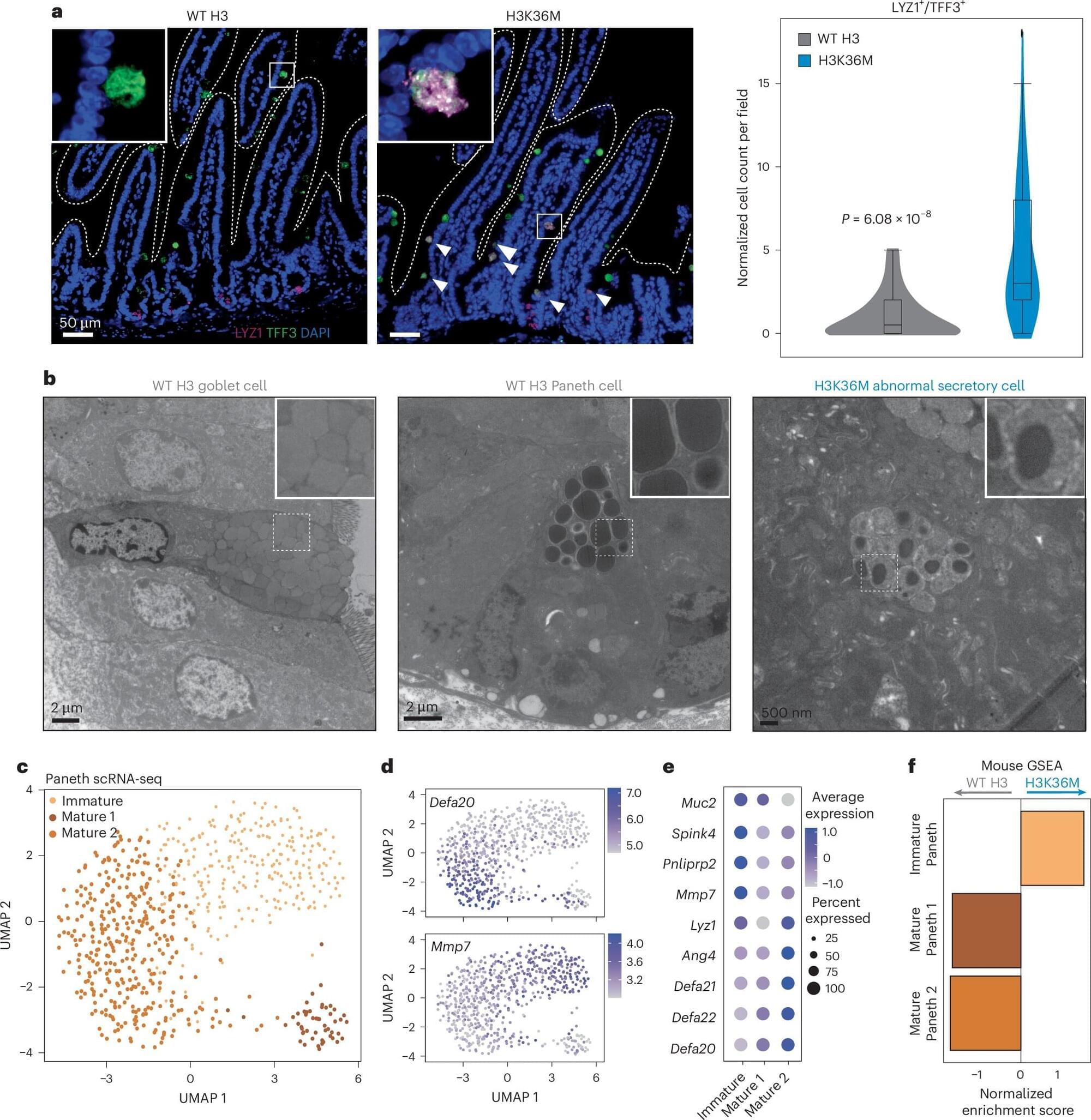
Researchers from the University of Colorado Cancer Center have solved a cellular mystery that may lead to better therapies for colorectal and other types of cancer.
Peter Dempsey, Ph.D., professor of pediatrics– developmental biology in the CU School of Medicine, and Justin Brumbaugh, Ph.D., assistant professor of molecular, cellular, and developmental biology at CU Boulder, recently published a paper in the journal Nature Cell Biology showing the importance of the H3K36 methylation process in regulating plasticity and regeneration in intestinal cells.
“The intestine has an enormous ability to regenerate itself after injury, and it does this through a model of dedifferentiation,” Dempsey explains. “The cells dedifferentiate back into a type of regenerative stem cell after injury, and those stem cells eventually recover the intestine and turn back to normal cells.”
Subscribe for exclusive content at https://lawrencekrauss.substack.com/
Learn more and support the foundation at https://originsproject.org/
Connect with Sabine:
https://www.youtube.com/channel/UC1yNl2E66ZzKApQdRuTQ4tw.
https://www.instagram.com/sciencewtg/
Connect with Lawrence:
https://www.youtube.com/@lkrauss1
Tweets by LKrauss1
https://www.instagram.com/lkrauss1/
A note from Lawrence:
I’m excited to announce the third episode of our new series, What’s New in Science, co-hosted by Sabine Hossenfelder. Once again, Sabine and I each brought a few recent science stories to the table, and we took turns introducing them before diving into thoughtful discussions. It’s a format that continues to spark engaging exchanges, and based on the feedback we’ve received, it’s resonating well with listeners.
This time, we covered a wide range of intriguing topics. We began with the latest buzz from the Dark Energy Spectroscopic Instrument suggesting that dark energy might be changing over time. I remain skeptical, but the possibility alone is worth a closer look. We followed that with results from the Euclid space telescope, which has already identified nearly 500 strong gravitational lensing candidates—an impressive yield from just the early data.